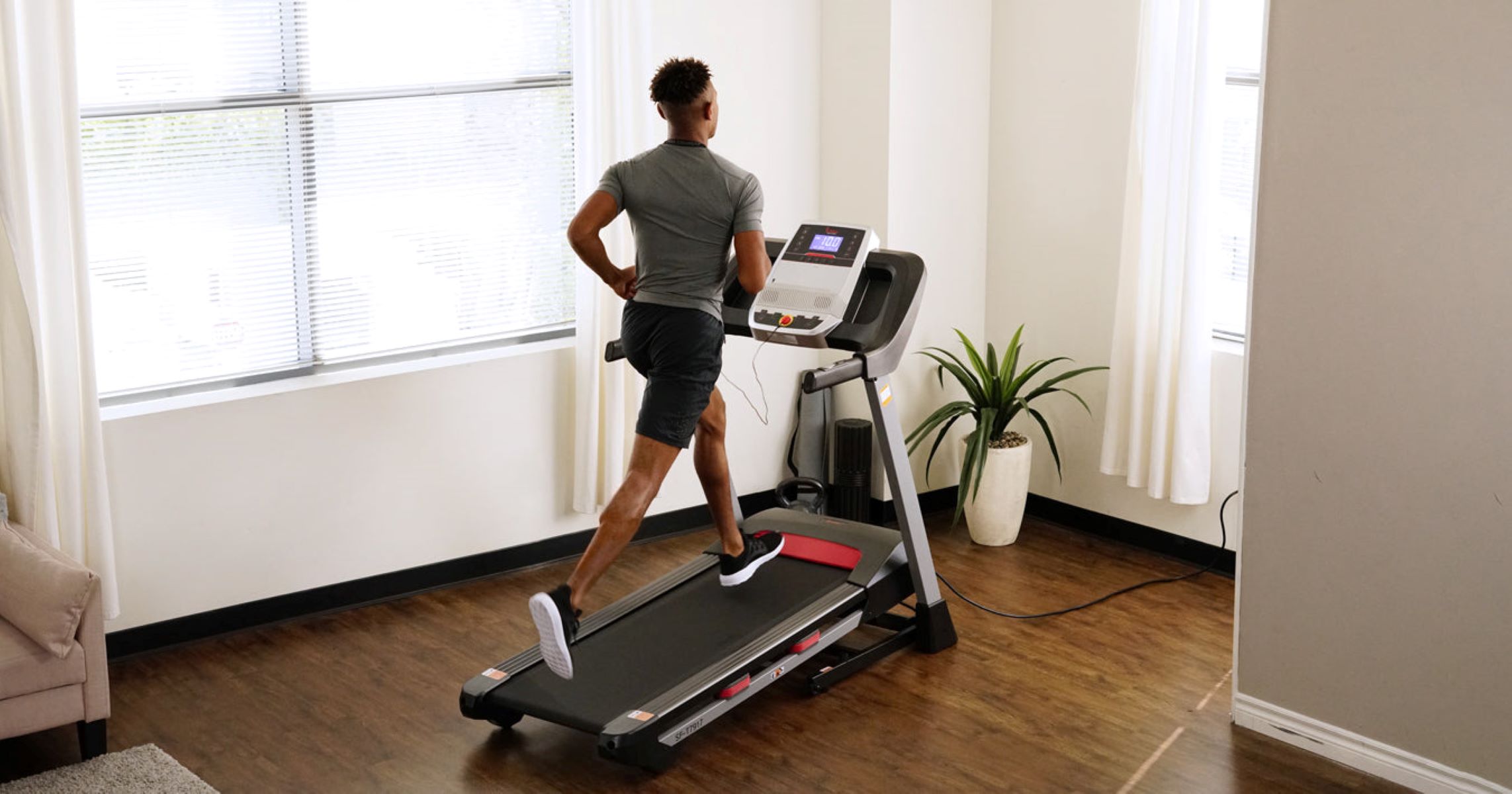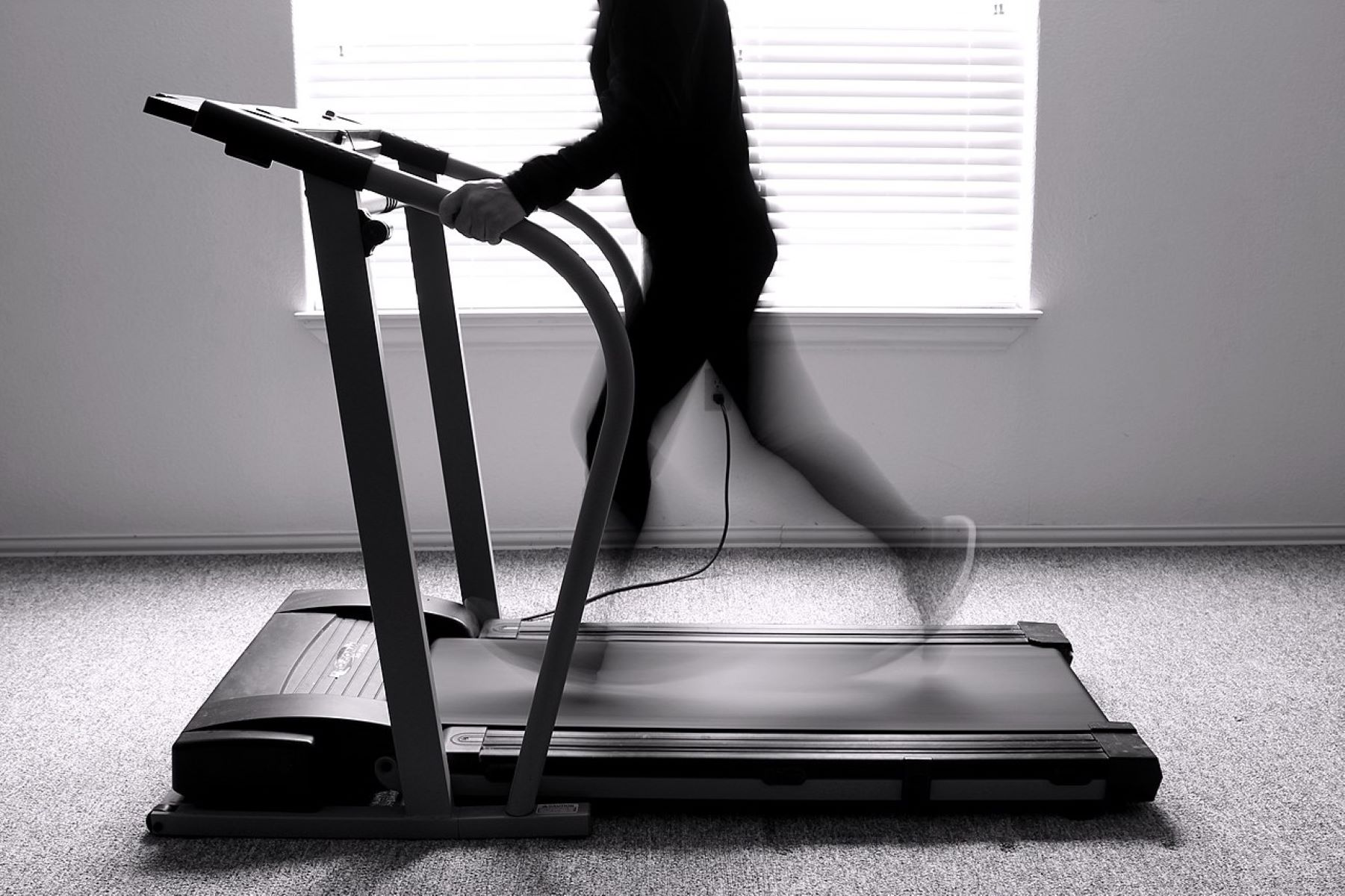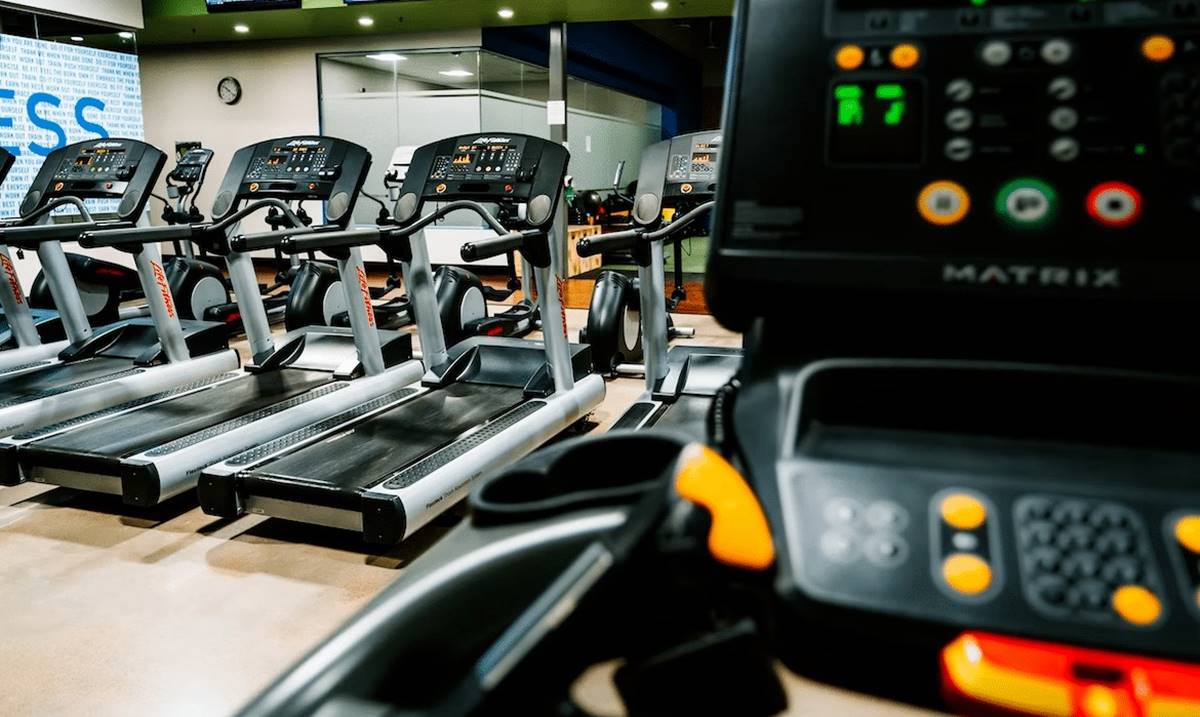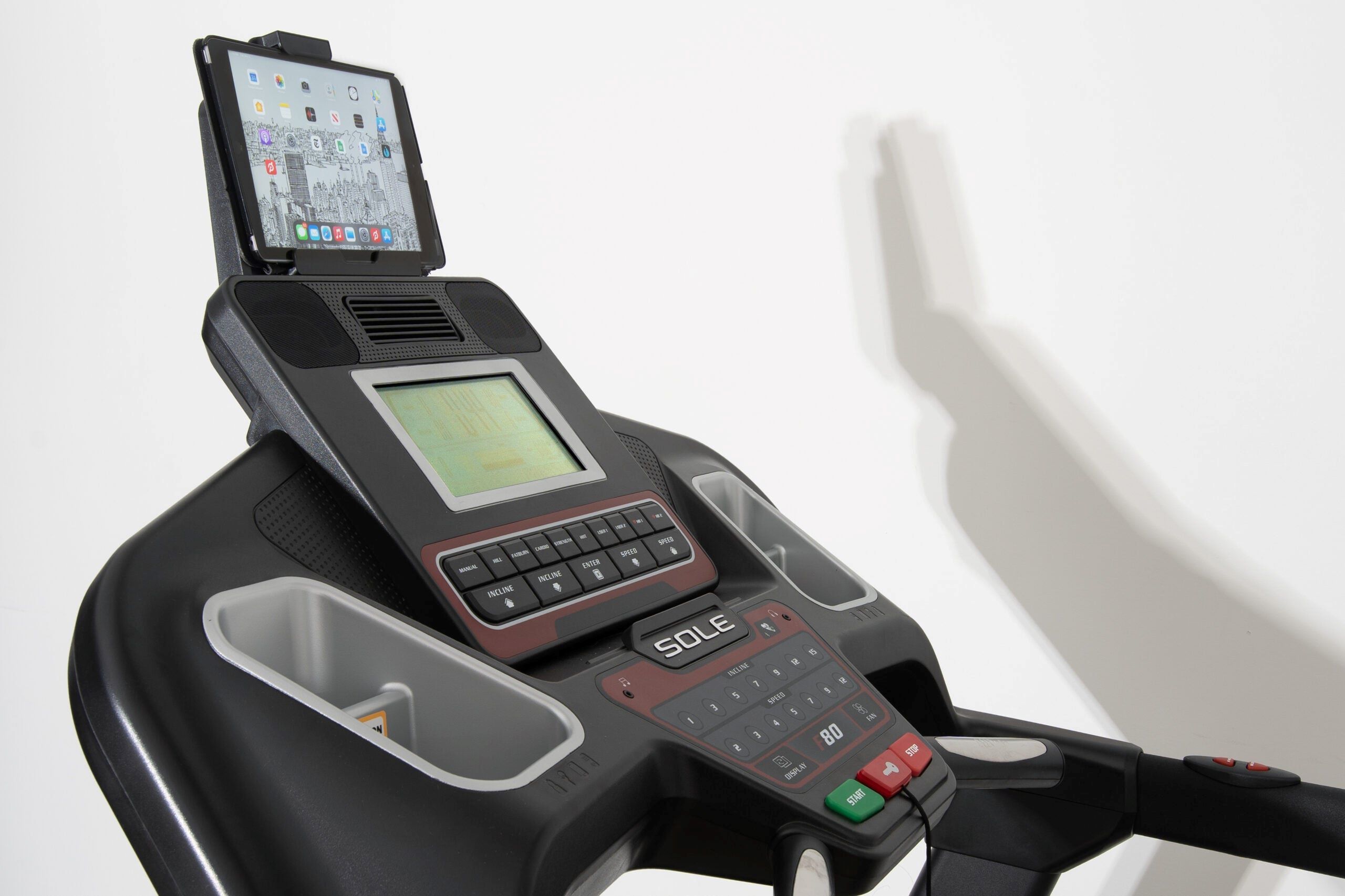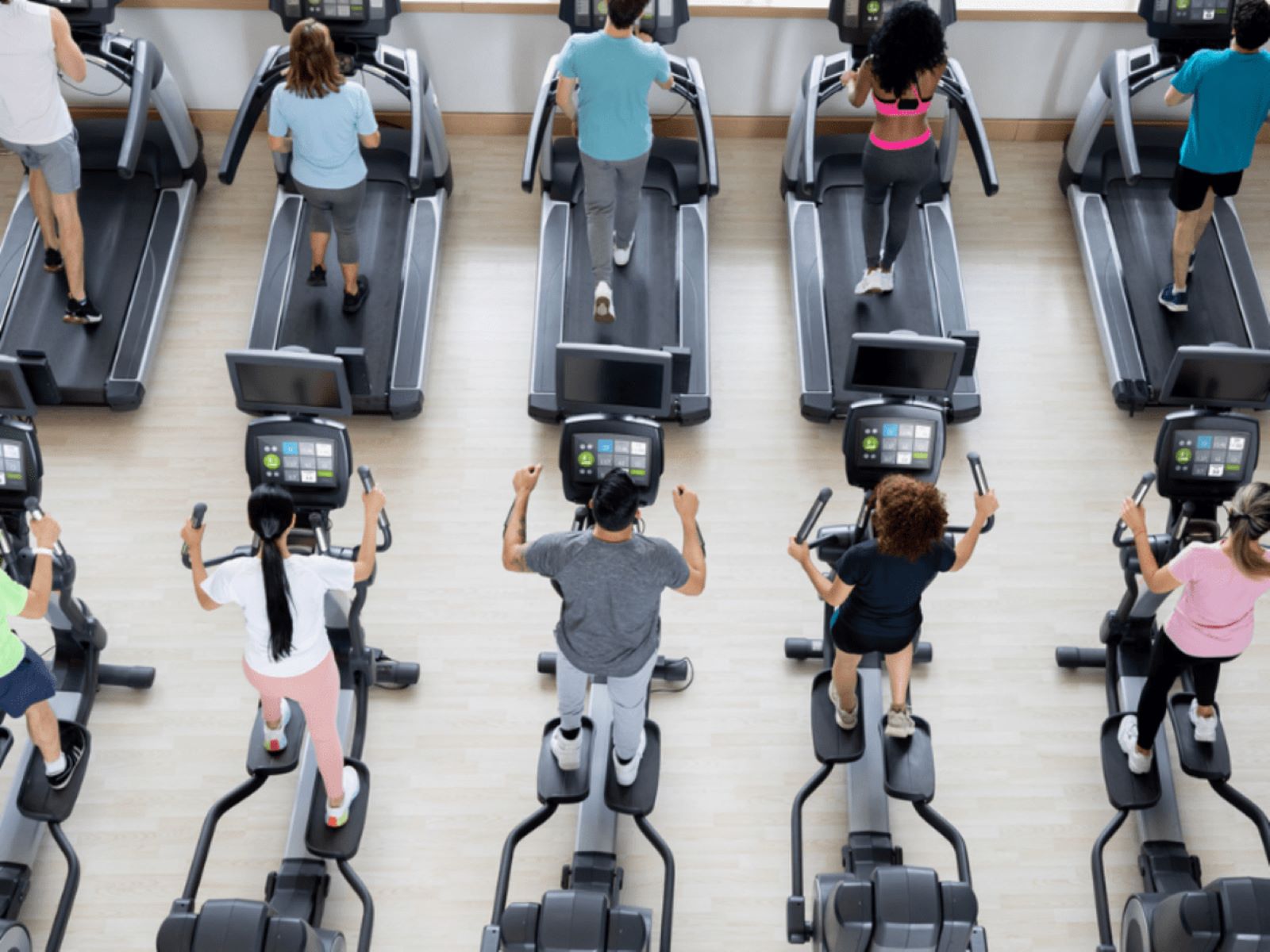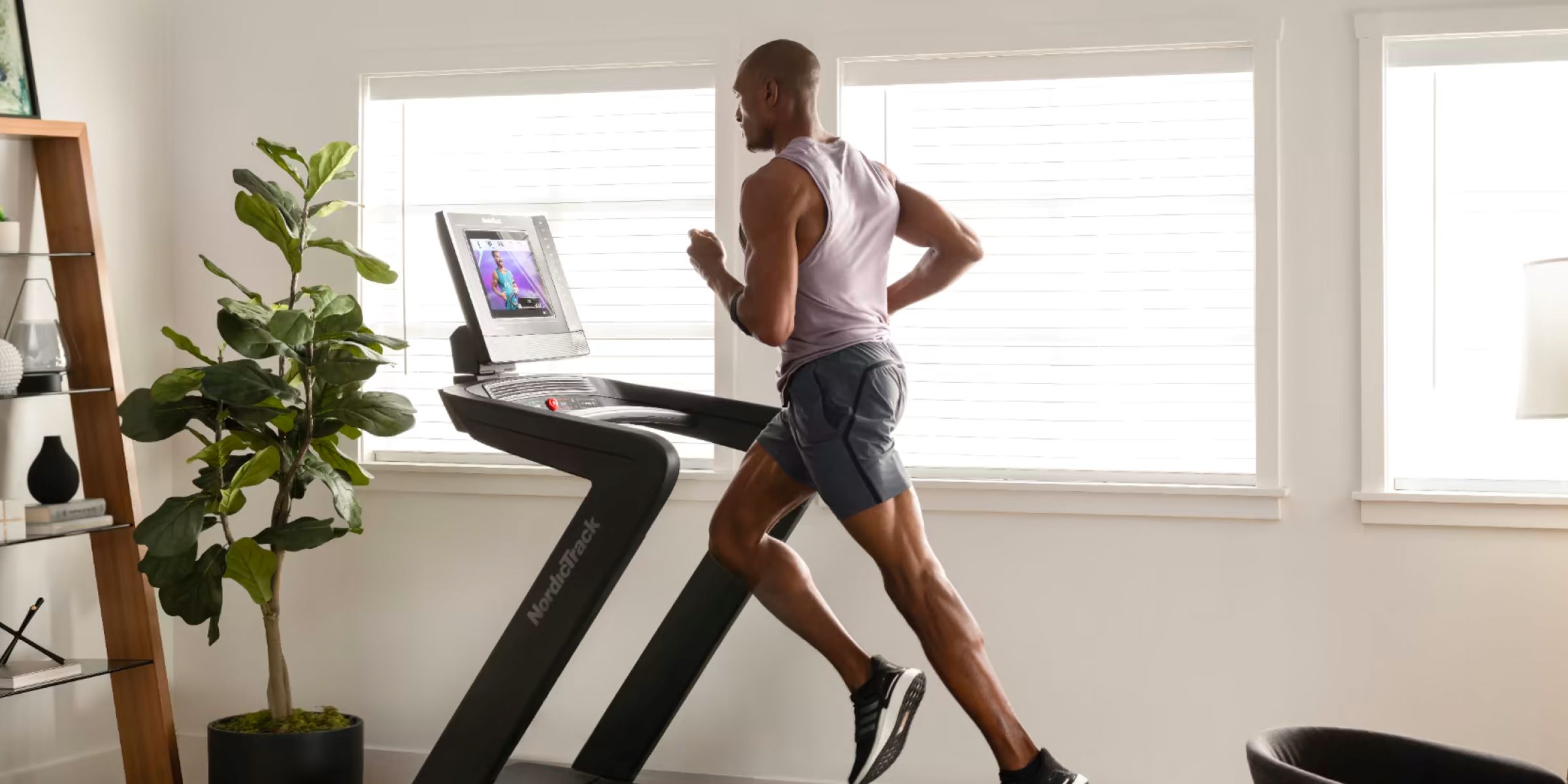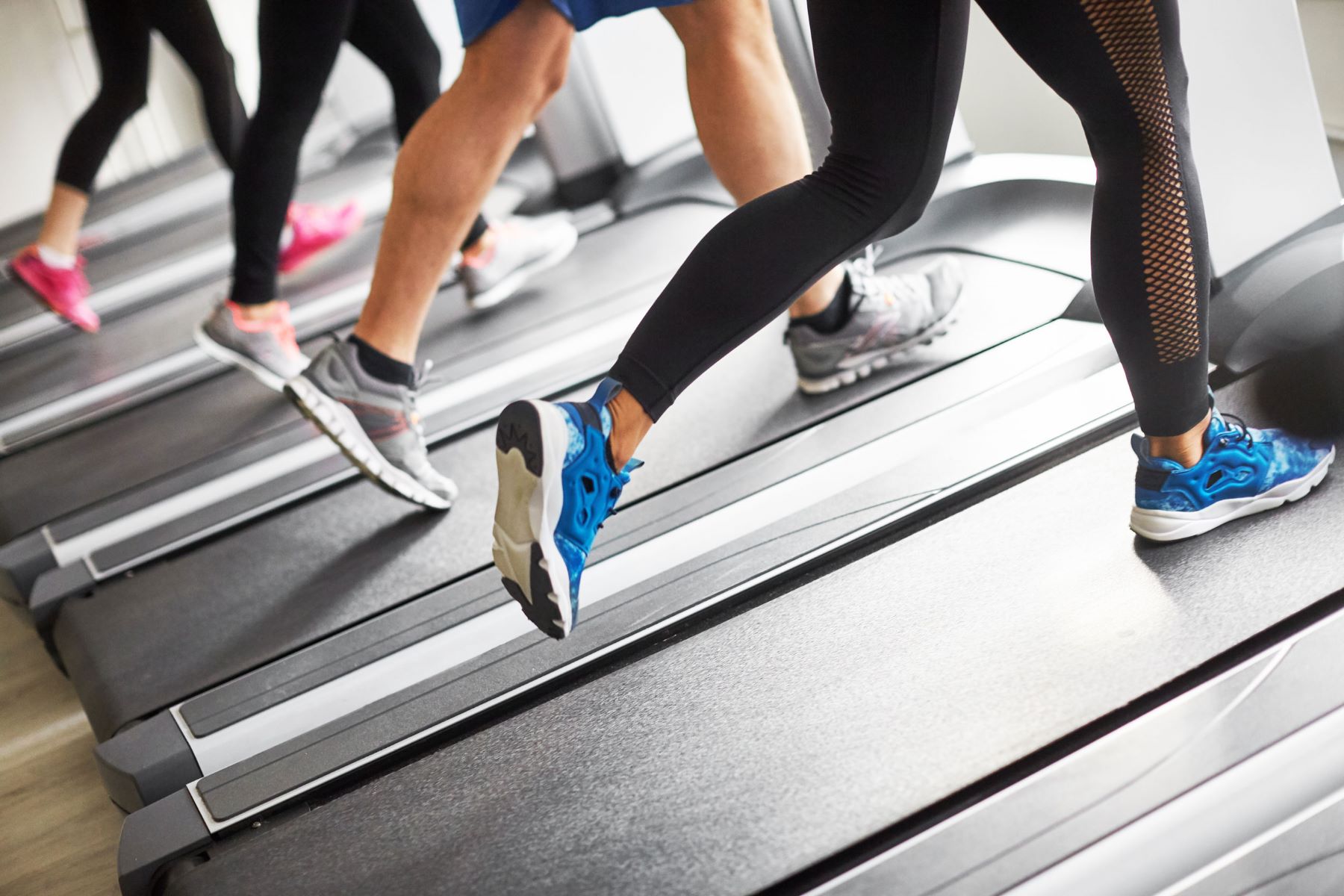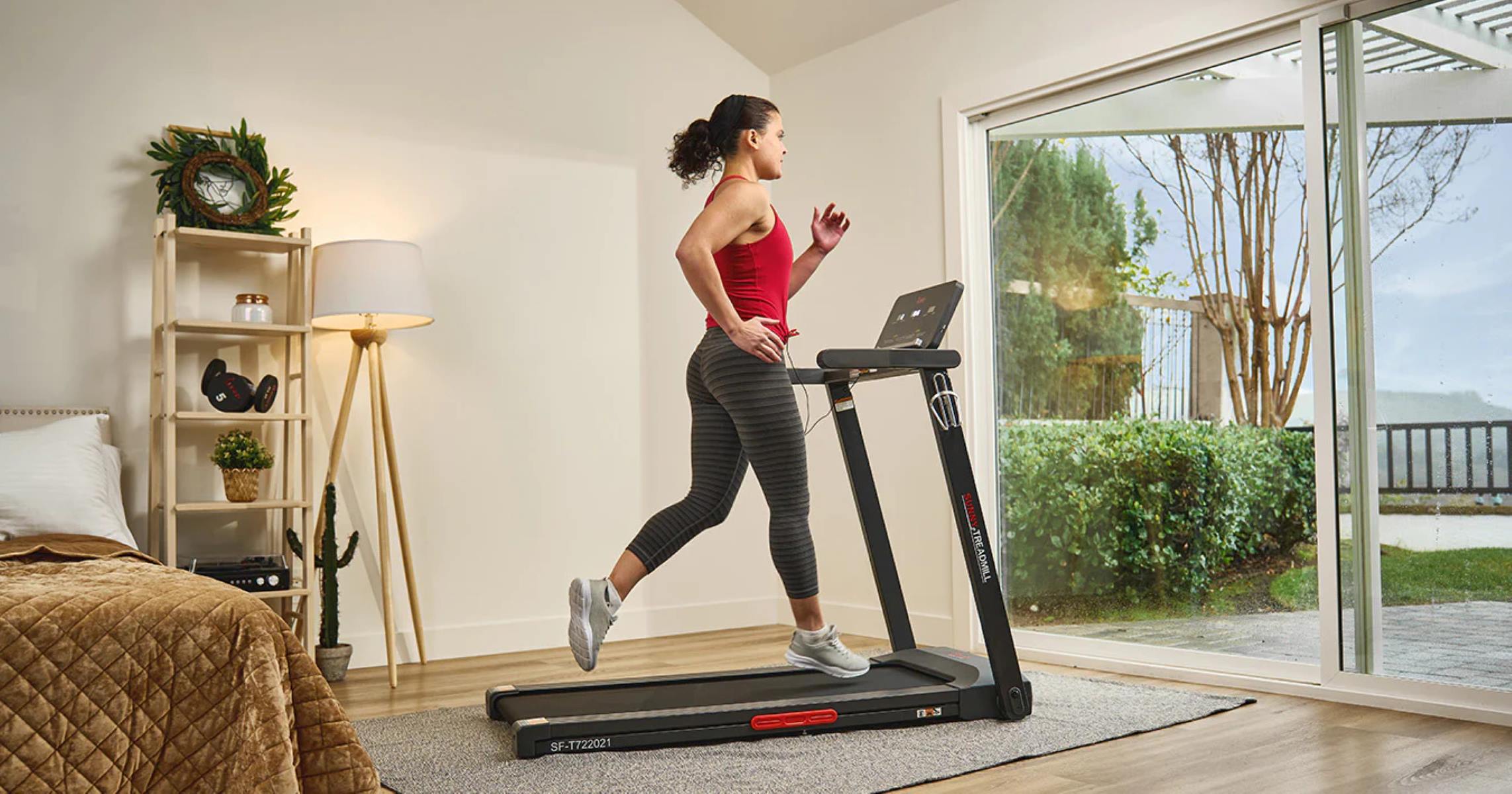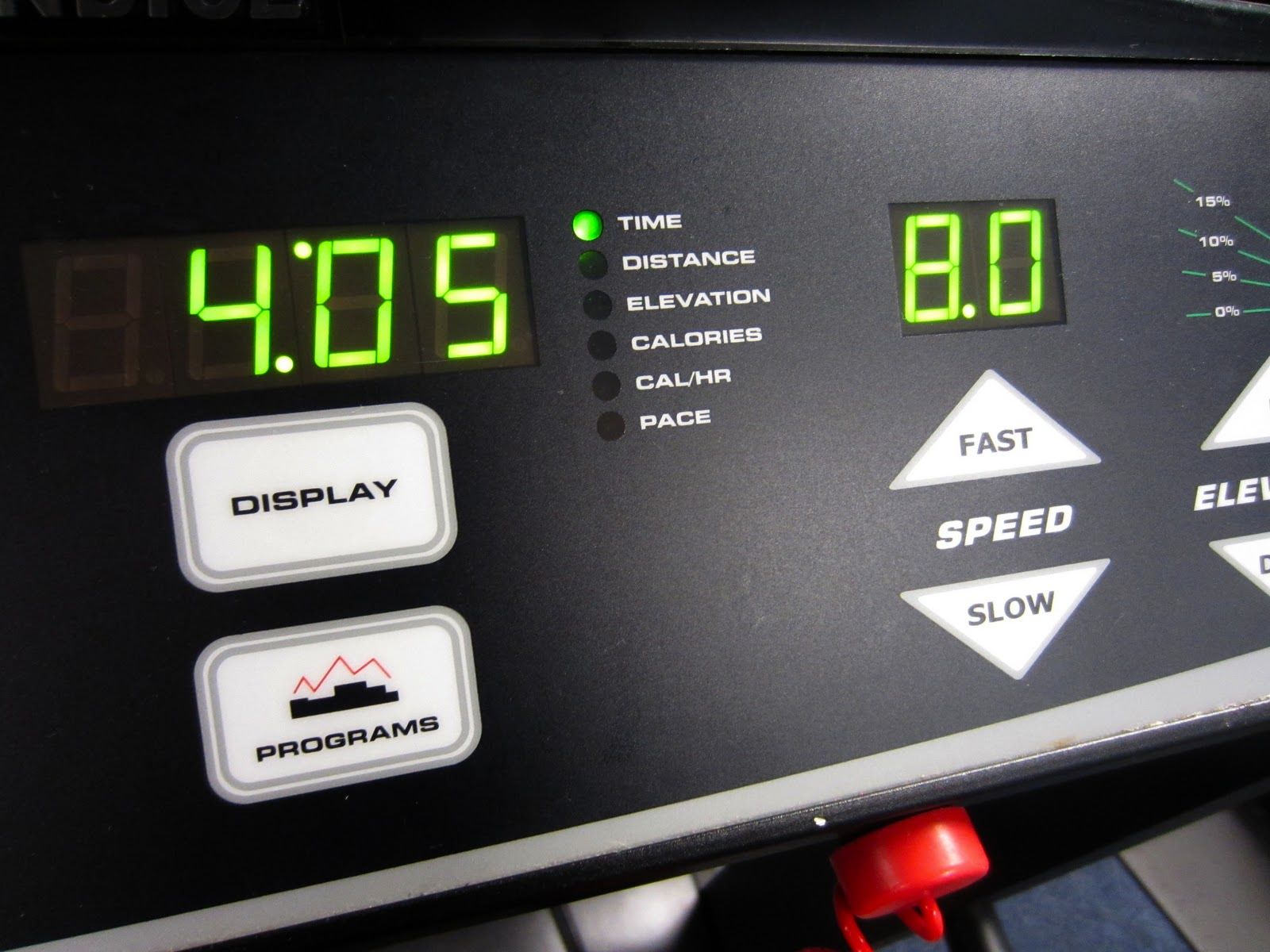

Featured
What Speed Is 8 Minute Mile On Treadmill
Modified: January 22, 2024
Find out what speed you should set on the treadmill to run an 8-minute mile. Get featured tips and advice to improve your running performance.
Introduction
When it comes to improving cardiovascular fitness and burning calories, running is one of the most effective forms of exercise. Whether you’re a seasoned runner or just starting out, setting goals and tracking your progress is essential to staying motivated. One common goal for many runners is achieving an 8-minute mile, a benchmark of speed and endurance.
But how does this translate to running on a treadmill? Running on a treadmill offers several advantages, such as adjustable speed, controlled environments, and convenience. However, it’s important to understand how the treadmill speed relates to outdoor running to accurately track your progress and set achievable goals.
In this article, we’ll shed light on what exactly an 8-minute mile means on a treadmill and how to calculate your speed. We’ll also discuss the factors that may affect your treadmill speed, so you can make the most out of your workouts and optimize your training sessions.
So lace up your shoes, hop on that treadmill, and let’s dive into the world of the 8-minute mile and how it applies to your treadmill workouts.
Understanding the 8-Minute Mile
The 8-minute mile is a common benchmark for runners of varying levels of experience. It represents the ability to sustain a pace of running for a mile in 8 minutes, which translates to an average speed of 7.5 miles per hour (12 kilometers per hour).
When aiming to achieve an 8-minute mile, it’s important to consider your current fitness level and running experience. For beginner runners, this pace may be challenging, while more experienced runners may find it within their reach.
Running at an 8-minute mile pace requires a combination of endurance, cardiovascular fitness, and proper running form. It’s important to build up your fitness gradually to avoid injury and ensure sustainable progress.
Setting a goal of running an 8-minute mile can provide a tangible target to work towards and can help you track your progress over time. As you improve your fitness and running technique, you may find that you’re able to maintain this pace for longer distances or even achieve an even faster mile time.
Remember, it’s essential to listen to your body and train at a pace that is challenging yet sustainable for you. Don’t be discouraged if you’re not hitting the 8-minute mile mark right away. Progress takes time and consistency.
Now that we have a clear understanding of what the 8-minute mile represents, let’s explore how it translates to running on a treadmill and how you can calculate your speed on this popular piece of exercise equipment.
Running on a Treadmill
Running on a treadmill offers numerous benefits for both experienced runners and beginners. It provides a controlled and comfortable environment where you can easily adjust the speed and incline to match your fitness level and goals.
One advantage of treadmill running is the ability to run at a consistent pace, regardless of external factors such as terrain or weather conditions. This allows you to focus solely on maintaining your desired speed and endurance.
In addition, treadmill running can be a convenient option, especially for those with busy schedules or limited access to outdoor running routes. With a treadmill at home or at the gym, you can fit your workouts into your daily routine without worrying about time constraints or safety concerns.
Running on a treadmill also provides the opportunity to monitor and track important metrics, such as distance covered, pace, and calories burned. Many treadmills are equipped with built-in monitors or can be connected to fitness tracking apps or devices, making it easier to keep a record of your progress and set realistic goals.
Furthermore, treadmill running can be less impactful on your joints compared to running on hard surfaces like concrete or asphalt. The cushioned belt of the treadmill offers more shock absorption and reduces the risk of injury, especially for individuals with joint or bone problems.
While running on a treadmill offers a host of benefits, it’s important to note that it may not completely mimic outdoor running due to differences in terrain, wind resistance, and stride mechanics. However, with proper understanding and adjustment, you can still effectively utilize the treadmill for training purposes.
Now that we have explored the advantages of running on a treadmill, let’s delve into how you can calculate your speed on this equipment to gauge your progress towards that 8-minute mile goal.
Calculating Speed on a Treadmill
Calculating your speed on a treadmill is essential for tracking your progress and determining if you’re hitting that 8-minute mile mark. Fortunately, most treadmills provide a digital display that shows your running speed in miles per hour (mph) or kilometers per hour (km/h).
To calculate your speed on a treadmill, you first need to understand the speed setting and how it relates to your desired pace. Most treadmills allow you to set the speed in increments of 0.1 or 0.5 mph, depending on the machine.
If your goal is to run an 8-minute mile, which corresponds to an average speed of 7.5 mph, you can simply set the treadmill to that speed and maintain it during your run. The digital display will show your current running speed, allowing you to monitor your progress and make adjustments as necessary.
If your treadmill does not have the option to directly input your desired speed, you can manually adjust the speed increment until you reach the desired pace. For example, if the speed increments are in 0.5 mph intervals, you can set the treadmill to 7.5 mph or adjust it slightly higher or lower to match your desired pace.
Another way to calculate your speed is to utilize the distance and time functions on the treadmill. Most treadmills allow you to input the distance you plan to run and the time you want to complete it in. The machine will then calculate and display the required speed for you to achieve your goal.
Keep in mind that treadmill speed may feel slightly different than running outdoors due to factors like air resistance and surface texture. However, as long as you consistently use the same treadmill for your workouts, you can accurately track your progress and measure your improvement over time.
Now that we know how to calculate our speed on a treadmill, let’s explore the various factors that may affect your treadmill speed and how to optimize your workouts.
Factors Affecting Treadmill Speed
While running on a treadmill offers controlled conditions for your workouts, several factors can impact your speed and overall running experience. Understanding these factors can help you optimize your treadmill sessions and achieve your desired pace.
1. Incline: The incline setting on the treadmill plays a significant role in your running speed. Running on an incline simulates uphill running, increasing the intensity of your workout and potentially slowing down your pace. Adjusting the incline level can help you mimic outdoor running conditions and improve your overall strength and endurance.
2. Belt Surface: The texture and condition of the treadmill belt can affect your running speed. A worn-out or poorly maintained belt may cause more friction, making it harder to maintain your desired pace. Ensure the belt is clean, properly lubricated, and in good condition to optimize your running speed.
3. Footwear: The type and quality of your running shoes can impact your treadmill speed. Wearing shoes with proper cushioning and support reduces the risk of discomfort or injury and allows for a more efficient stride. Choose running shoes that provide the necessary cushioning and stability for your feet.
4. Warm-up and Cooling Down: Proper warm-up and cool-down routines can affect your treadmill speed. Before starting your workout, take a few minutes to warm up with dynamic stretches and gradually increase your speed. This helps prepare your muscles for the upcoming intensity and may improve your overall speed. Similarly, cooling down with gentle jogging or walking after your workout allows your heart rate to gradually return to its normal resting state.
5. Personal Fitness Level: Your current fitness level and running experience can influence your treadmill speed. If you’re a beginner or still building your endurance, it’s natural to start at a slower pace and gradually increase your speed over time. As your fitness improves, you’ll be able to run faster and maintain your desired pace more comfortably.
6. Mental Focus: Your mental state and focus can impact your treadmill speed. Distractions or lack of concentration may lead to a slower pace or inconsistent running form. Stay focused on your running technique and maintain a positive mindset to help you stay on track with your desired speed.
By considering these factors and making necessary adjustments, you can optimize your treadmill workouts and work towards achieving your goal of an 8-minute mile.
Conclusion
Now that you have a better understanding of what an 8-minute mile means on a treadmill, calculating your speed, and the factors that can affect your treadmill running, you are well-equipped to work towards achieving your goal.
Remember, running at an 8-minute mile pace requires a combination of endurance, cardiovascular fitness, and proper running form. It’s crucial to listen to your body, gradually build up your fitness level, and consistently train to avoid injury and reach your full potential.
Utilizing a treadmill can be an effective tool for achieving your running goals. The controlled environment, adjustable speed settings, and ability to track your progress can help you stay on track and make measurable improvements over time.
By understanding how to calculate your speed on a treadmill and considering the factors that can impact your running, such as incline, belt surface, footwear, warm-up and cool-down routines, personal fitness level, and mental focus, you can optimize your workouts and work towards that 8-minute mile milestone.
So, lace up your shoes, hop on that treadmill, and start chasing after your goals. With dedication, consistency, and the knowledge you’ve gained from this article, you’re well on your way to achieving that 8-minute mile on the treadmill.
